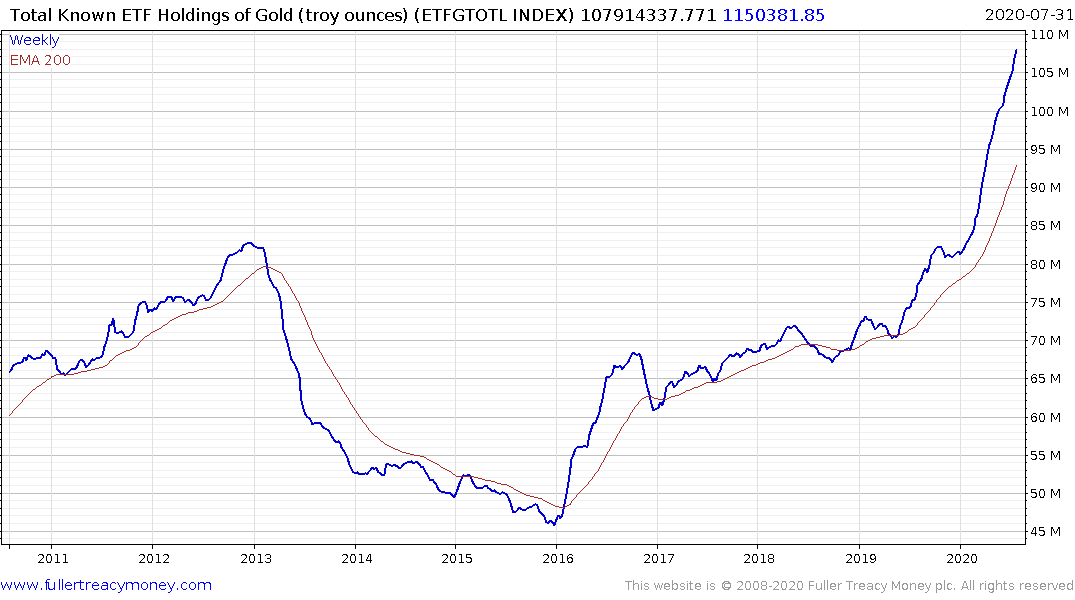Pfizer Soars After Vaccine Prevents 90% of Covid Cases in Study
This article by Robert Langreth, Naomi Kresge and Riley Griffin for Bloomberg may be of interest to subscribers. Here is a section:
Eoin Treacy's view -However, the strong reading from the first large-scale trial to post efficacy results bodes well for other experimental vaccines, in particular one being developed by Moderna Inc. that uses similar technology. Its big trial could generate efficacy and safety results in weeks. If that study succeeds as well, there could be two vaccines available in the U.S. by around year-end.
Pfizer expects to get two months of safety follow-up data, a key metric required by U.S. regulators before an emergency authorization is granted, in the third week in November. If those findings raise no problems, Pfizer could apply for an authorization in the U.S. this month. A rolling review is in process in Europe.
So far, the trial’s data monitoring committee has identified no serious safety concerns, Pfizer and BioNTech said.
Leading the Race
The positive preliminary data mean the U.S. pharma giant and its German partner are on track to be first with a vaccine, after signing advance deals with governments worldwide for hundreds of thousands of doses. The companies have said they should be able to produce 1.3 billion doses -- enough to vaccinate 650 million people -- by the end of 2021. About 50 million doses are expected to be available in 2020.“It shows that Covid-19 can be controlled,” BioNTech Chief Executive Officer Ugur Sahin said in an interview. “At the end of the day, it’s really a victory of science.”
This news is the foundation of the argument for removing social distancing guidelines by the end of the second quarter at the latest.
It no longer matters whether one agrees with wearing a mask, practising social distancing, vacating offices, opening or closing schools or the potential for overloading the healthcare system. The question of whether this was necessary or not is now irrelevant. The introduction of vaccines will render the argument mute.
This section continues in the Subscriber's Area. Back to top



